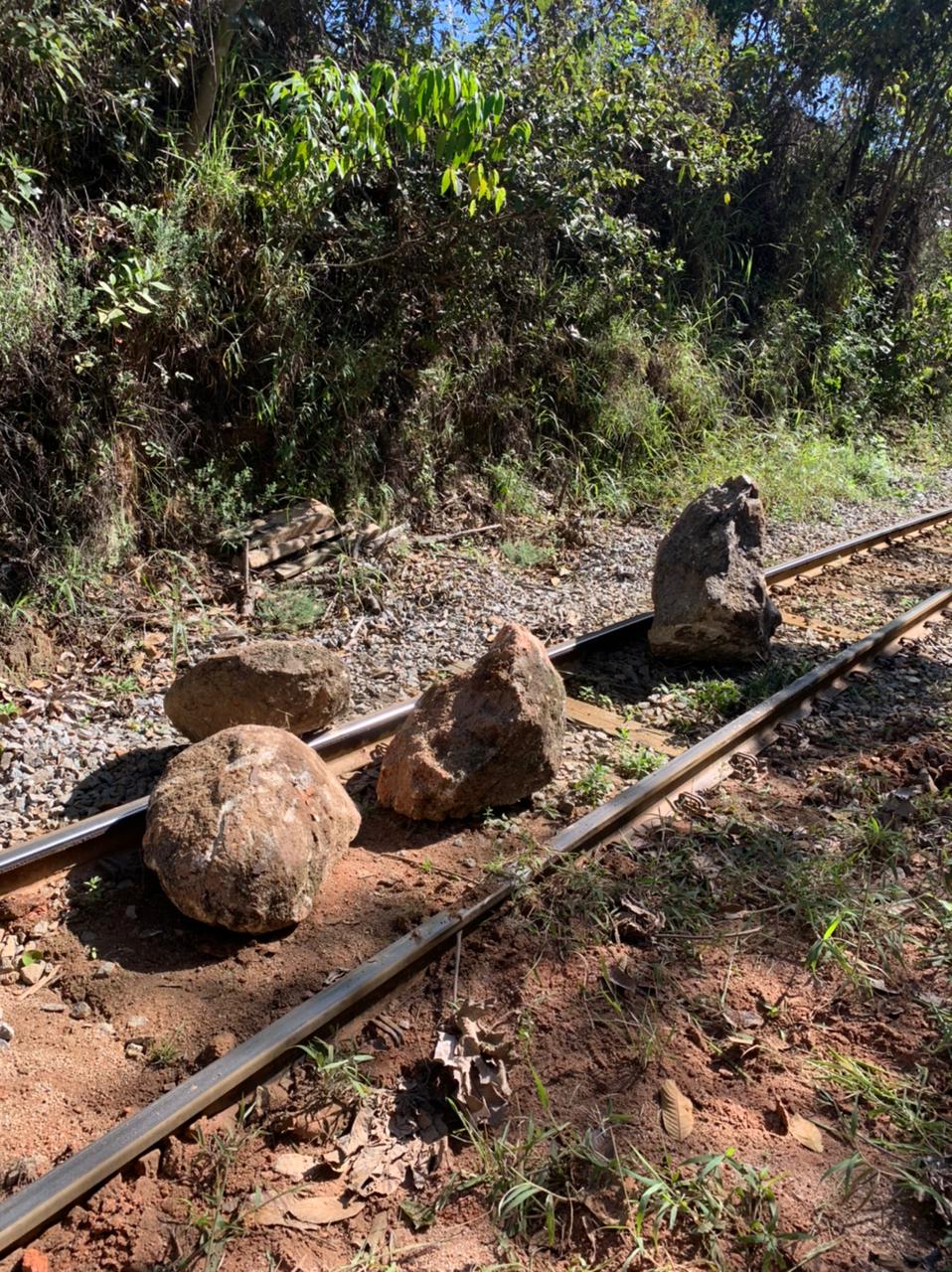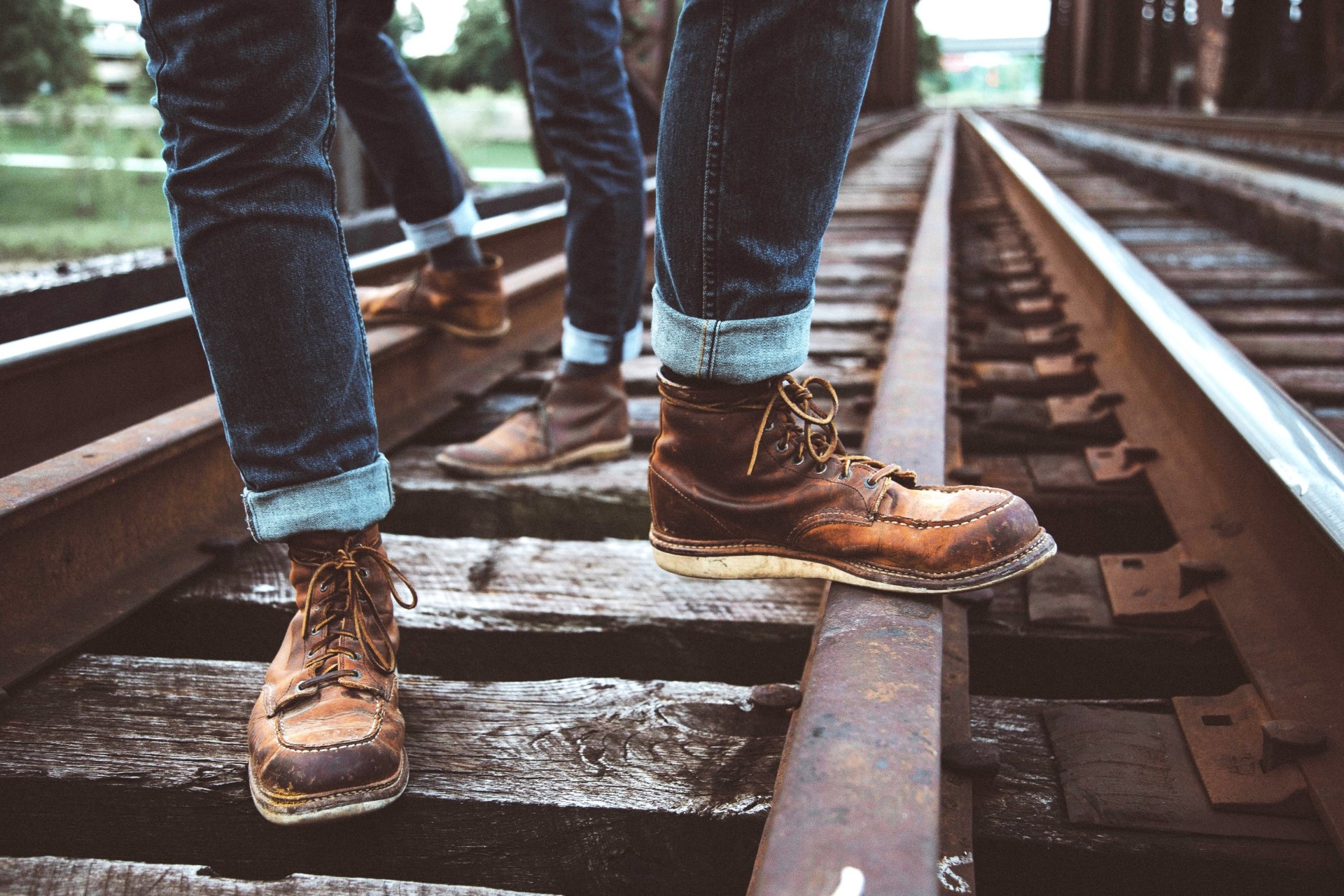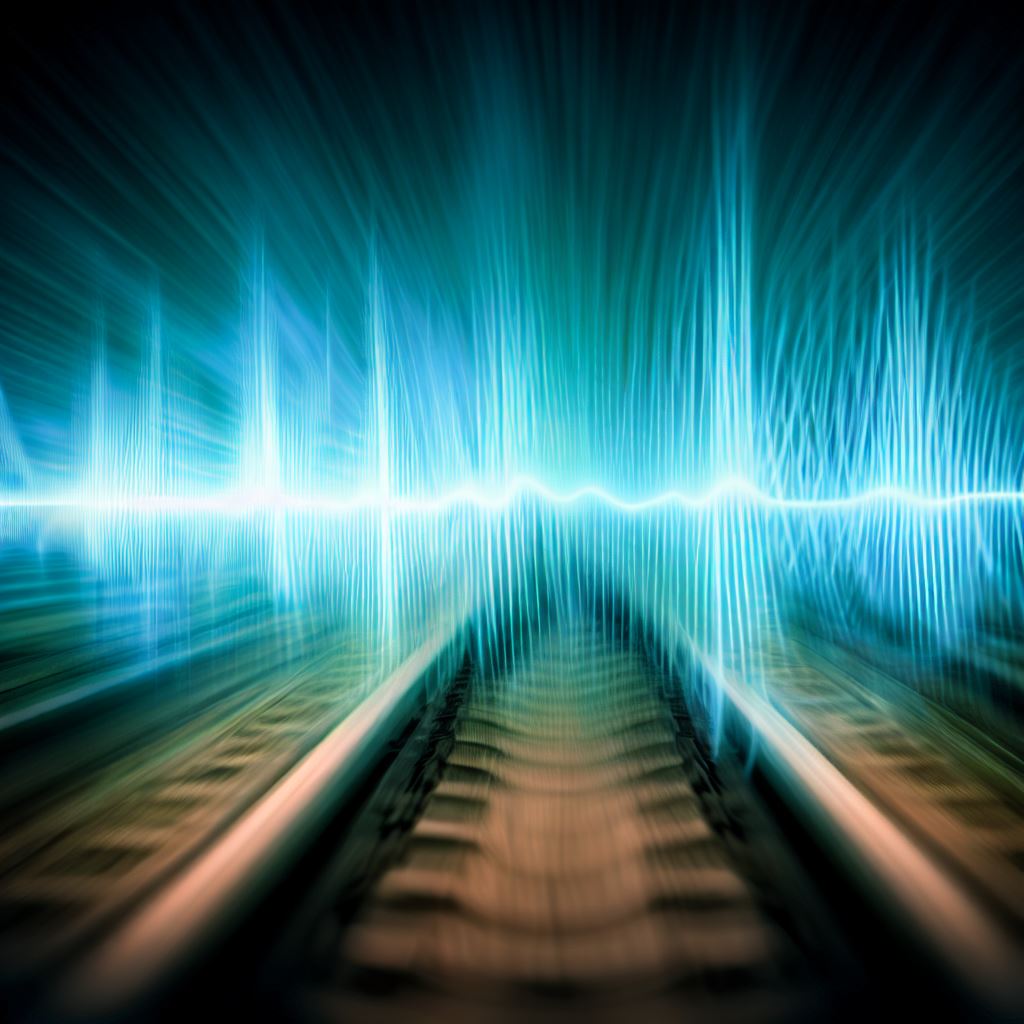The consequences of landslide and rockfall railway accidents can be severe and far reaching. In addition to loss of life and property, increasingly environmental clean-up costs and disruption to services rapidly escalate costs, particularly if any hazardous materials are involved. One 2009 European study put the average cost of clean-up where dangerous materials were released at over 1m Euro.
Whilst landslides, mudslides and rockfalls are not completely avoidable for railways, the safety, financial and environmental consequences of them is vastly reduced by preventing trains striking the resulting debris on the track.
To prevent landslide and rockfall related railway accidents, we must detect when these events happen near the track, and alert trains before they reach the affected location.
Traditional methods of landslide detection come in a variety of forms and almost universally utilise discrete ground-based sensors detecting movement or the presence of debris in their immediate vicinity. This point-based detection has two key limitations
- You can only detect landslides where you install sensors
- You must supply power, communications and maintain the sensors
If your railway has only a small number of discrete locations vulnerable to landslides then these may be manageable limitations, however a smart solution for more comprehensive route protection has recently become available from Sensonic.
Following 5 years of research, development, and testing in railways, the Sensonic landslide and rockfall alerting system is now ready for daily operation, providing railway operators with the opportunity to prevent a natural hazard turning into a disastrous railway accident. The system has already prevented an incident becoming an accident by stopping a train approaching obstructed tracks.
The system is based on fiber optic Distributed Acoustic Sensing (DAS), an innovative technology that can detect landslides over long lengths of track via their vibration signature. A single sensor from Sensonic can listen to and detect landslides and rockfall along 80km of route.
The Sensonic technology uses fiber optic cables laid along the track and advanced sensing technology to sense vibrations of the fiber along its length. The fibre vibrations can be caused by a variety of factors, including landslides, earthquakes, rock fall, and it is even sensitive enough to sense people walking along the track if trespass protection is needed.
The use of optical fibers to sense vibration from ground movements delivers five key advantages over traditional methods of landslide and rock fall detection:
- It detects everywhere along the route. You do not need to find your problem sites – you can protect the entire route.
- It provides near real-time alerts of detected events together with exact location information. This allows action to be taken to prevent a natural hazard turning into a railway accident.
- Using optical fibres for vibration detection means no additional power sources are needed along the 80km of fibre powered from each Sensonic sensing unit. This makes it ideal for use in remote areas where power may not be readily available.
- The system does not require reset or re-arming after an alert.
- Optical fibers are robust and require no routine maintenance. If cable damage occurs its location is accurately reported.
 Our solution detected the rockfall alarm and our client was notified. Their team were able to alert the driver to stop the train in time.” - Florian Fuchs – Geophy sicist and Data Scientst at Sensonic.
Our solution detected the rockfall alarm and our client was notified. Their team were able to alert the driver to stop the train in time.” - Florian Fuchs – Geophy sicist and Data Scientst at Sensonic.

